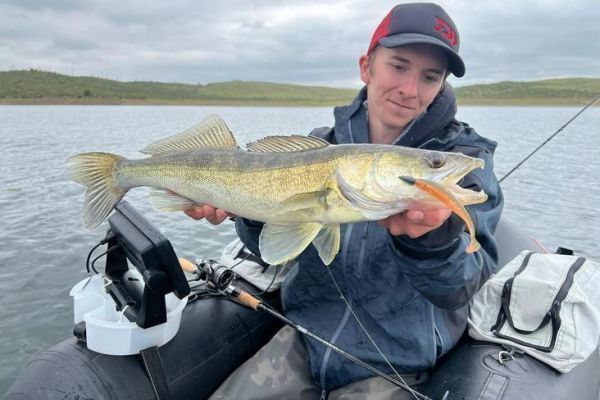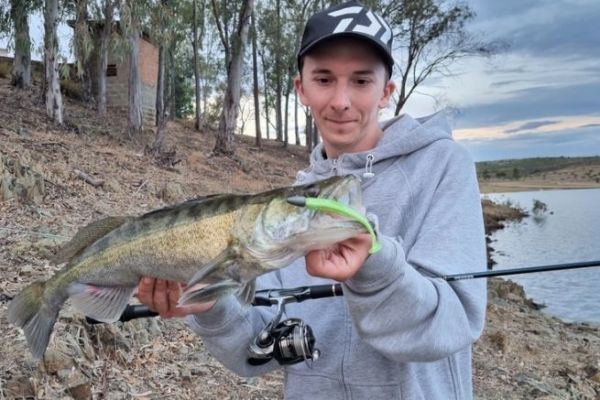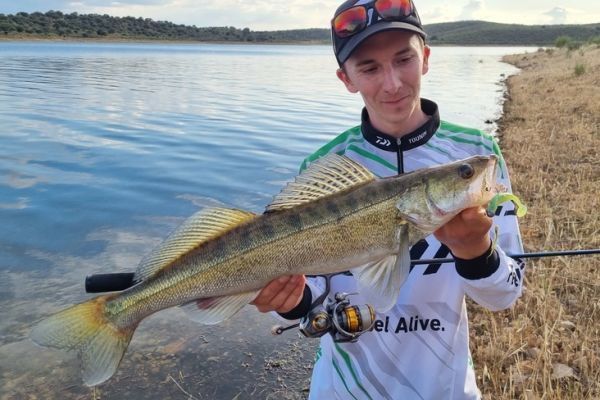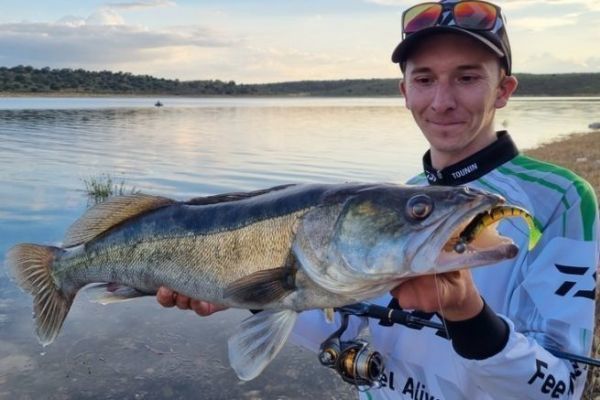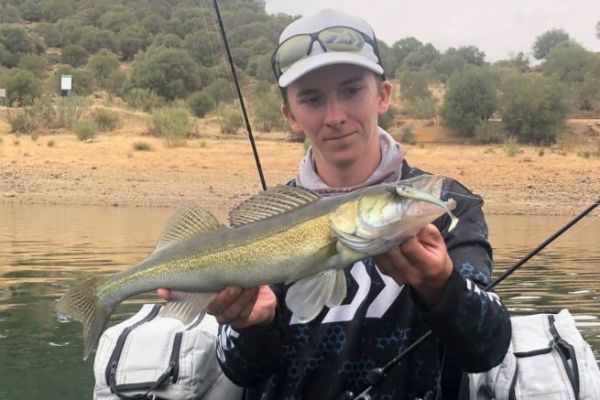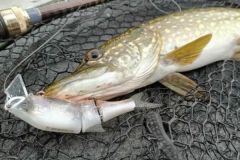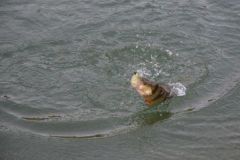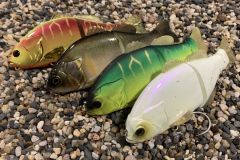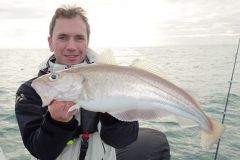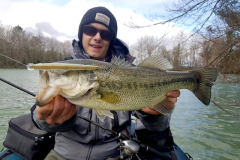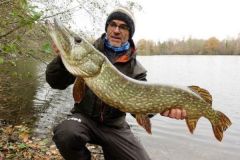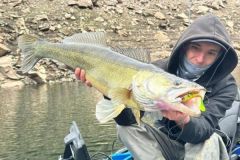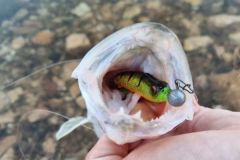A unidirectional approach
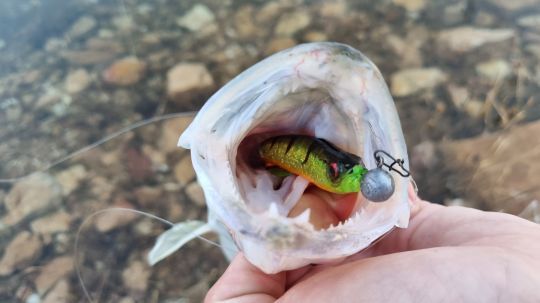
When fishing from shore, the vast majority of the time our lure will travel through the water from deepest to shallowest. With certain exceptions, such as when fishing from a pontoon or bridge, the pattern is almost always the same. This rule is all the more true when fishing for pike-perch in bodies of water where the fish are posted deep or far from the edge.
Fishing for pike-perch from the shore often means fishing perpendicular to the bank to reach the right areas. Although this approach may make us less efficient than fishing from a boat, it allows us to better analyse what works and what doesn't in our fishing. Vibrations, lure weight and retrieve speed are all the more important.
Increased animation precision
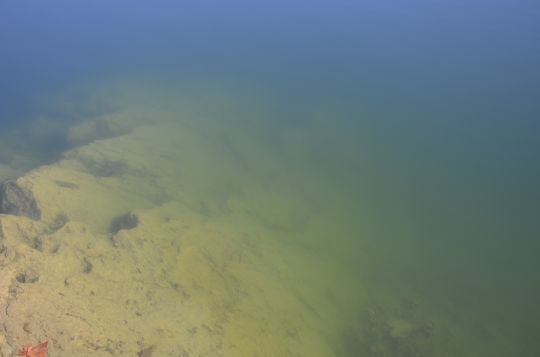
One of the main advantages of shore fishing is the stability of our position. From a boat or float tube, it can be very complicated to remain perfectly still and thus achieve a perfect linear animation. From the shore, the absence of drift makes it much easier to perfectly delineate an area or depth that will produce hits.
Stability therefore allows us to concentrate on the precision of our animations to succeed in luring the most educated fish or in periods of non-activity. Insisting on a marked obstacle will also be easier and is generally a lifesaver when fishing conditions are difficult. Pike-perch stalking can come down to the smallest details, which is why it's so important to be precise.
Take your time to succeed
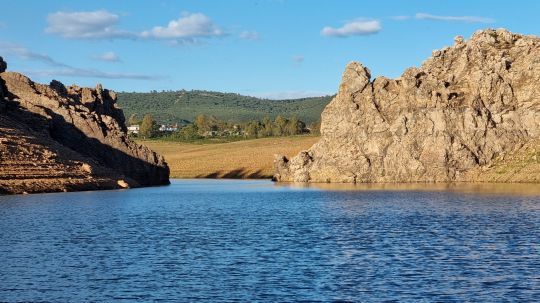
When looking for pike-perch from the shore, power-fishing techniques are not a very good idea. Especially if you already know the fish population in the area you're fishing, it's important to take your time when combing a spot. Vary the weight of your lures to get closer to the bottom or the vibrations to decide a wary fish.
Ideally, you should stay at least 30 minutes in an area that has given you a bite, as pike-perch often congregate in marked areas. Stay focused to feel and determine the nature of the bottom and adapt your fishing to it. Don't forget that a pike-perch's periods of activity can be numerous, but very short, so it's sometimes better to stay in a good area and wait for other fish to become active rather than fish less propitious or unknown areas.

 /
/ 


